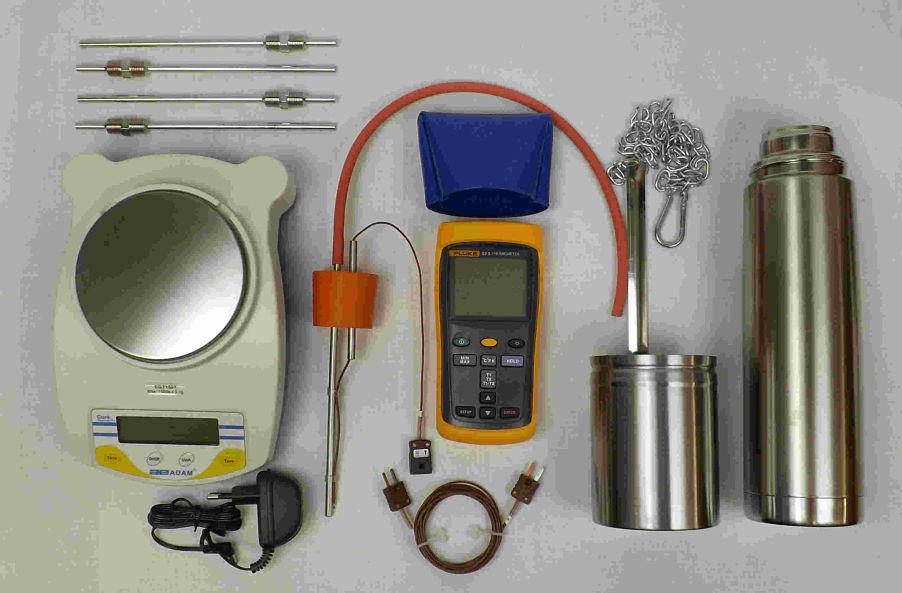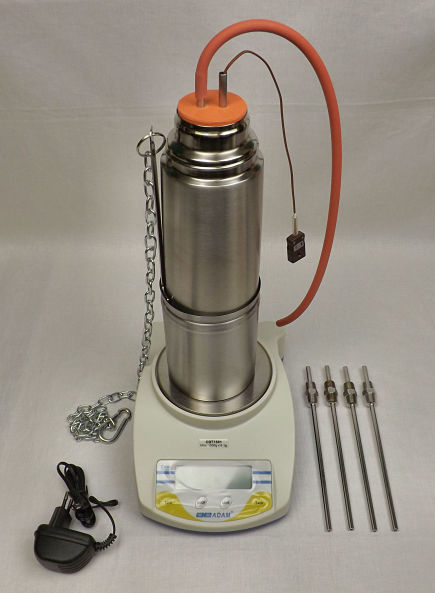 |
 |
Purpose of the Steam Dryness Value Test:
To ensure that an acceptable amount of moisture is present in the steam supply.
If too little moisture were present, superheating of the steam may occur. Too little moisture may prevent sterilization conditions within the load, particularly because moisture is important in breaking down the cell structure of sporing organisms. If too much moisture is present, the load may not be able to be dried by completion of the cycle. Under the correct conditions wrapped loads are able to be stored for considerable periods in a sterile state. This is only true however where the wrapping material maintains its integrity by providing a microbiological barrier. If the load and its wrapping are damp when removed from the sterilizer this barrier is broken and can provide a path for re-contamination.
Method employed:
Heat balance using a stainless steel vacuum flask.
The principal is that the flask is primed with a known mass of water at a known temperature. Steam is condensed in the flask thus raising the water temperature. The final mass and temperature of the water are then measured and placed into a calculation. If the final water temperature was lower or the final mass was greater, the steam would be 'wetter' (having a lower value).
Whilst the method is not regarded as a truly accurate measurement of moisture in the steam, it can be used to demonstrate acceptable dryness for sterilization purposes. A dryness value of 1.0 is equivalent to Dry Saturated Steam. For sterilization purposes, a factor of 0.95 is considered to be acceptable. EN285 2015 has removed the acceptance factor of 0.9 for non-metal loads. EN285 2015 also recommends that a minimum of three dryness tests are performed.
As the flask has to be connected within 0.5m of the sampling point, we have incorporated a flask holder in the kit so that the flask can be mounted in a convenient position. This holder also serves as a measuring container to prime the flask.
For the engineers' convenience, the calculation can be performed manually or by the use of a computer spreadsheet. The spreadsheet also completes step by step calculations that can be manually checked for their correctness as a valuable aid to auditing. The forms are therefore self-validated. An electronic scientific calculator for manual calculations and memory stick containing all automatic forms and calculations are supplied.
Pitot tubes connections are available in 1/4"BSPT or 1/2" triclamp. 1/4"NPT and other connection types are available on request.

